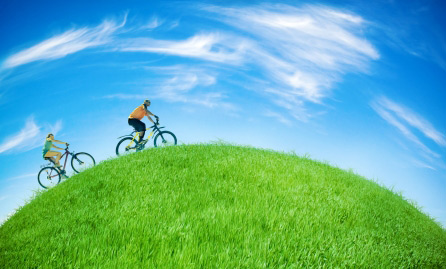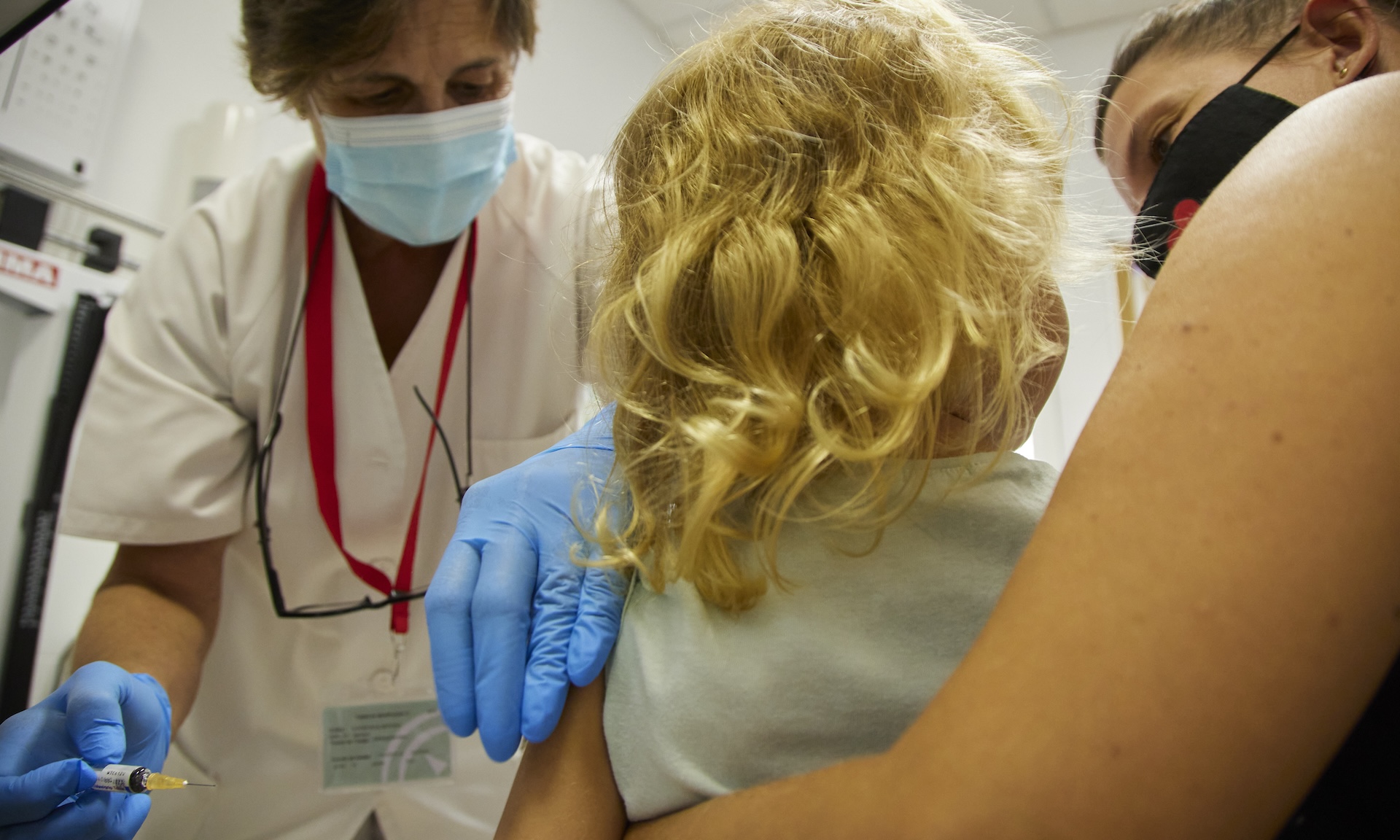Coffee Lessens the Pain of Exercise

That cup of coffee that many gym rats, bikers and runners swill before a workout does more than energize them. It kills some of the pain of athletic exertion, a new study suggests. And it works regardless of whether a person already had a coffee habit or not.
Caffeine works on a system in the brain and spinal cord (the adenosine neuromodulatory system) that is heavily involved in pain processing, says University of Illinois kinesiology and community health professor Robert Motl. And since caffeine blocks adenosine, the biochemical that plays an important role in energy transfer and thus exercise, he speculated that it could reduce pain.
So the researcher, a former competitive cyclist, divided 25 fit, college-aged males into two distinct groups: subjects whose everyday caffeine consumption was extremely low to non-existent, and those with an average caffeine intake of about 400 milligrams a day, the equivalent of three to four cups of coffee.
Unexpected results
After completing an initial exercise test in the lab on a stationary bike to determine maximal oxygen consumption or aerobic power, subjects returned for two monitored high-intensity, 30-minute exercise sessions.
An hour prior to each session, cyclists — who had been instructed not to consume caffeine during the prior 24-hour period — were given a pill. On one occasion, it contained a dose of caffeine measuring 5 milligrams per kilogram of body weight (equivalent to two to three cups of coffee); the other time, they received a placebo.
During both exercise periods, subjects' perceptions of quadriceps muscle pain was recorded at regular intervals, along with data on oxygen consumption, heart rate and work rate.
Get the world’s most fascinating discoveries delivered straight to your inbox.
"What we saw is something we didn't expect," Motl said. "Caffeine-naïve individuals and habitual users have the same amount of reduction in pain during exercise after caffeine (consumption)."
The results are detailed in the April edition of the International Journal of Sport Nutrition and Exercise Metabolism. Co-authors included Steven P. Broglio of the University of Illinois and Sigurbjorn A. Arngrimsson of the Center for Sport and Health Sciences, Iceland University of Education.
"Clearly, if you regularly consume caffeine, you have to have more to have that bigger, mental-energy effect," Motl said. "But the tolerance effect is not ubiquitous across all stimuli. Even brain metabolism doesn't show this tolerance-type effect. That is, with individuals who are habitual users versus non-habitual users, if you give them caffeine and do brain imaging, the activation is identical. It's really interesting why some processes show tolerance and others don't."
Regarding the outcome of the current research, he said, it may be that tolerance to caffeine plays no role in the way it diminishes pain during exercise.
Motl said one of the next logical steps for his research team would be to conduct studies with rodents in order to better understand the biological mechanism for caffeine in reducing pain.
"If we can get at the biological mechanism, we can begin to understand why there may or may not be this kind of tolerance."
Will it help you win?
Motl previously has conducted other studies on the relationship between physical activity and caffeine, and considered such variables as exercise intensity, dose of caffeine, anxiety sensitivity and gender. A future research direction might be to determine caffeine's effect on sport performance.
"We've shown that caffeine reduces pain reliably, consistently during cycling, across different intensities, across different people, different characteristics. But does that reduction in pain translate into an improvement in sport performance?" he said.
Meanwhile, the current research could prove encouraging for a range of people, including the average person who wants to become more physically active to realize the health benefits.
"One of the things that may be a practical application, is if you go to the gym and you exercise and it hurts, you may be prone to stop doing that because pain is an aversive stimulus that tells you to withdraw," Motl said. "So if we could give people a little caffeine and reduce the amount of pain they're experiencing, maybe that would help them stick with that exercise."



